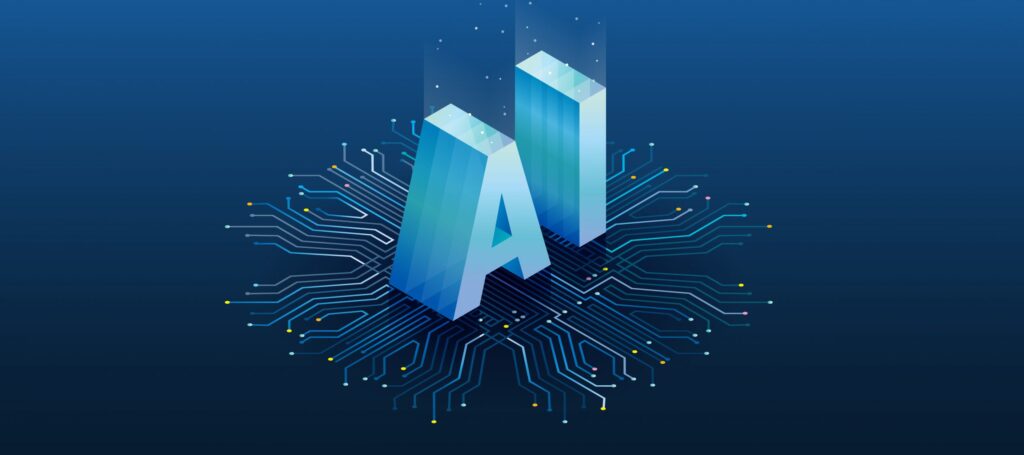By Larry Fedewa, PhD
Throughout our history, humans have sought to invent labor-saving devices. Throughout American history, the American combination of personal freedom, open markets, the responsibility of each family to provide for its own welfare, and a people whose financial means required them to personally perform physical labor provided a very conducive environment for the development of these labor-saving inventions.
Americans became very good at inventing new ways to do things. So good, in fact, that we became the world’s leader in technology. And this leadership has supported our economy, our military superiority, and our extremely productive culture.
Our driving force for over 200 years has been to invent machines to do our labor – first our physical labor, then increasingly our mental labor. That in turn has led to machines to support our cultural labor—our books, our music, our sports, our arts, and our intellectual and religious life. But the other factor has been that our entire population enjoys more and more leisure time, which underlies these cultural activities.
This thinking about the future brings us to the realization that the maturation of AI will undoubtedly replace millions of human jobs. The epitome of “labor-saving technologies” will have been achieved, leaving also the epitome of leisure for the masses. Both traditional Capitalism and American Marxism see this as the end of the Middle Class. In this view, there will be millions of workers with no work to do. Marxism already has the answer – put everybody (except the government) on welfare; traditional capitalism sees only chaos. So, neither system has a workable solution.
Luckily, the answer has already been pioneered by some enterprising Americans of the coming generation. The answer is the next evolutionary version of Capitalism. Here is a brief description of the new Capitalism.
1. The Middle-Class MUST be preserved. Why? Because the US economy is a consumer economy: 70% of our GDP consists of consumer activity. The “consumer class” is predominantly the middle-income population. These folks must have money to buy goods. The question then becomes, how do they get it?
2. Here is where is new Capitalism comes in. The answer is some form of profit sharing. There are moral reasons for this assertion. Namely, the products which comprise the American marketplace are the result of many types of effort – the idea, the capital which supports the conversion of the idea into tangible existence, the fabricators, the tests, models, and trials, the packaging, the advertising, sales personnel, deliverers, fixers, etc. Each has a contribution to the success or failure of the product in the marketplace. These contributions add value and must be rewarded accordingly. (Note: If organized labor unions had not been asleep at the switch for the last generation, they would have forced this evolution long ago.)
3. This solution also implements the sense of idealism and the larger cause so much in vogue among the younger work force.
4. Most of all, IT ANSWERS THE COMMUNAL, PERSONAL AND ECONOMIC NEED FOR AN EQUITABLE DISTRIBUTION OF INCOME. Most people accept the realities that the inventors and investors are essential to the product in the sense that without these contributions, products would not exist, and therefore are worth more than the other contributors. But the innovators must also accept that the other skills also have value. The Milton Friedman dictum, “an entity’s greatest responsibility lies in its responsibility to its shareholders” is obsolete and will not stand the test of tomorrow’s time.
So, how does this new Capitalism work? There are several variations in force, but a very important example is called “Conscious Capitalism”, Founded by Whole Foods’ John Mackey, the movement has gained an astonishing membership for its “values-oriented business philosophy”, self-described as
“We believe that business is good because it creates value, it is ethical because it is based on voluntary exchange, it is noble because it can elevate existence, and it is heroic because it lifts people out of poverty and creates prosperity. Free enterprise capitalism is the most powerful system for social cooperation and human progress ever conceived. IT IS ONE OF THE MOST COMPELLING IDEAS WE HUMANS HAVE EVER HAD. And we can aspire to even more.”
In practice, the Conscious Capital company seeks to benefit all its stakeholders – the list of whom demonstrates its mission as a truly social organization. The company’s stakeholders are the owners (shareholders), the Board, the employees, the customers, the community in which it does business, the broader community (nation, climate, markets), its suppliers, its lenders, and anyone else involved (e.g., families, unions, professional organizations).
The atmosphere of a CC company is very open and collegial with all decisions (except some personnel decisions) made in open sessions. Many CC companies practice some form of profit-sharing (or loss sharing).
Conscious Capital companies have been proven more profitable with less turnover and generally more successful than traditionally structured firms. It is the wave of the future, the answer to the American Marxism we are now facing in the current administration.
AI is welcome! The new capitalism is ready – and the profits as well as the leisure it provides will be fairly shared in the USA!

